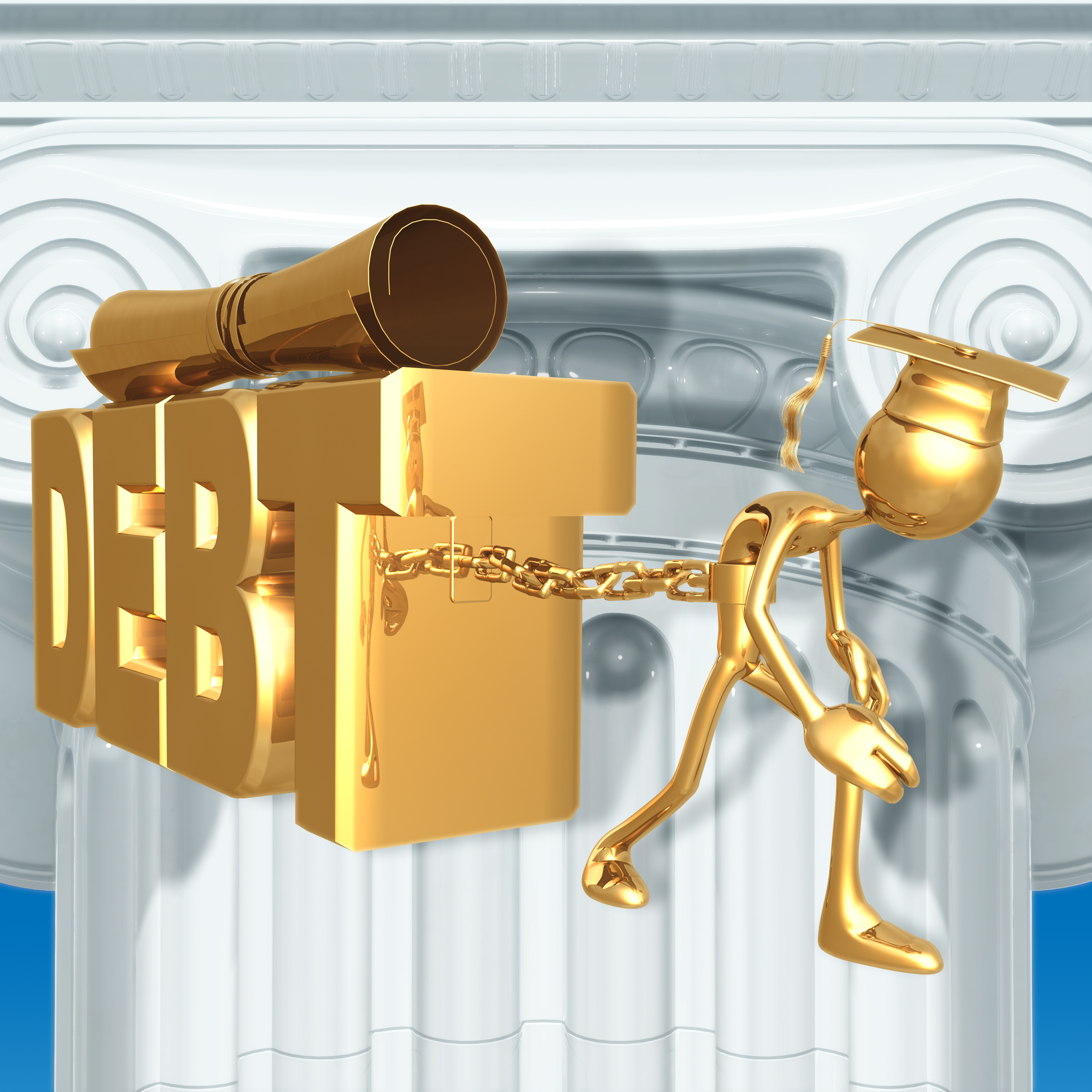
Unintended, perhaps, but easy to see coming.
Normally, leftists get upset if there’s a big industry that charges high prices, engages in lots of featherbedding, and manipulates the political system for handouts.
But for some reason, when the industry is higher education, folks like Hillary Clinton think the answer is to shower colleges and universities with ever-greater subsidies.
She says the subsidies are for students, but I point out in this interview that the real beneficiaries are the schools that simply boost tuition and fees to capture any increase in student loans.
And I also pointed out that the colleges and universities don’t even use the money wisely.

 Instead, they build bureaucratic empires with ever-larger numbers of administrators while money devoted to the classroom shrinks.
Instead, they build bureaucratic empires with ever-larger numbers of administrators while money devoted to the classroom shrinks.
Sort of a pay-more-get-less business model.
Though that only works when there are government subsidies to enable the inefficiency and bloat.
But don’t take my word for it. According to a study published by the National Bureau of Economic Research (h/t: James Pethokoukis), tuition subsidies get captured by colleges and universities.
With all factors present, net tuition increases from $6,100 to $12,559 [and] the demand shocks — which consist mostly of changes in financial aid — account for the lion’s share of the higher tuition. …These results accord strongly with the Bennett hypothesis, which asserts that colleges respond to expansions of financial aid by increasing tuition. In fact, the tuition response completely crowds out any additional enrollment that the financial aid expansion would otherwise induce, resulting instead in an enrollment decline… Furthermore, the students who do enroll take out $6,876 in loans compared to $4,663 in the initial steady state. The college, in turn, uses these funds to finance an increase of investment expenditures from $21,550 to $27,338… Lastly, the model predicts that demand shocks in isolation generate a surge in the default rate from 17% to 32%. Essentially, demand shocks lead to higher college costs and more debt, and in the absence of higher labor market returns, more loan default inevitably occurs. …Our model also suggests that financial aid increases tuition at the bottom of the tuition distribution more so than it does at the top.
By the way, I closed the above interview by stating that I want to make colleges and universities at least partially liable if students don’t pay back their loans because that will create a better incentive structure.
Pay More, Get Less

Two scholars from the American Enterprise Institute addressed this issue in an article for National Review.